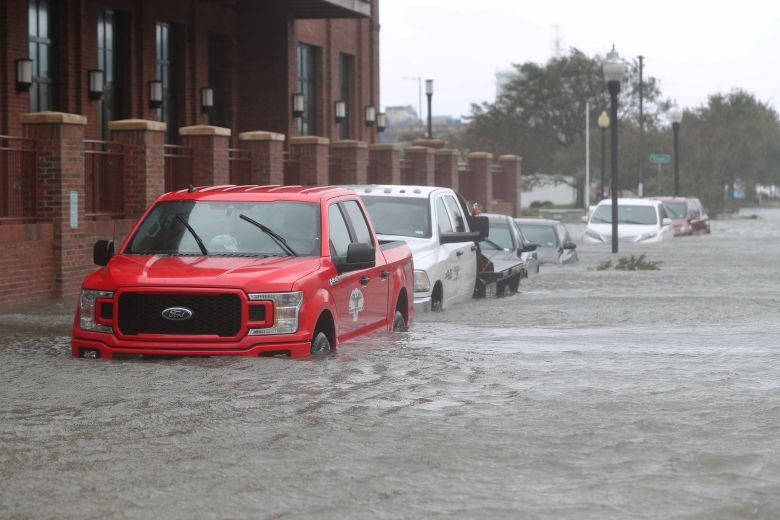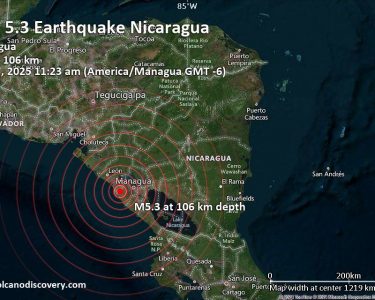
GULF SHORES (Alabama, US), Sept 17 (NNN-AGENCIES) — Hurricane Sally uprooted trees, flooded streets and cut power to hundreds of thousands of homes and businesses on Wednesday as it brought what the US National Hurricane Center called “historic and catastrophic” flooding to the Alabama-Florida coast.
Sally, which made landfall early Wednesday near Gulf Shores, Alabama, as a Category 2 storm, was donwgraded in the afternoon to a tropical storm as maximum sustained winds dropped to 113 kilometres per hour.
Some parts of the Gulf Coast had been inundated with more than 46cm of rain over the previous 24 hours, with more precipitation expected even as the storm’s winds slow further, the National Hurricane Center (NHC) said.
Several residents along the Alabama coast said they had been caught off guard by damage caused by the slow-moving storm, which flipped a tractor-trailer onto its side on one Alabama highway.
The coastal resort community of Pensacola, Florida, suffered up to five feet of flooding, and travel was cut by damaged roads and bridges. More than 500,000 homes and businesses across the area were without power as the storm knocked over stately oak trees and tore power lines from poles.
The storm was moving at a slow 8 kph pace toward the Alabama-Florida border but was predicted to pick up speed, the NHC said.
Some isolated areas could see up to 89cm of rain before Sally is done, the NHC said.
Upon landfall at Gulf Shores, Sally’s winds were clocked at 168 kph. Along the coast, piers were ripped away by the storm surge and winds.
Alabama Governor Kay Ivey told residents not to go outside to check on damage unless necessary, and to stay away from live power lines and fallen trees.
In Pensacola, where wind gusts were clocked at 123 kph at one point, images on social media showed major floods. One witness reported hailstorms in the city as well and the NHC warned of possible tornados.
Pensacola police told residents not to drive around looking at damage due to high winds.
“We see lots of ‘lookers’ out,” the police department wrote on Twitter. “It’s slowing our progress down. Please stay at home!”
Sally is the 18th named storm in the Atlantic this year and the eighth of tropical storm or hurricane strength to hit the United States. There are currently three other named storms in the Atlantic, highlighting one of the most active Atlantic hurricane seasons on record.
Hurricanes have increased in their intensity and destructiveness since the 1980s as the climate warms, according to researchers at the US National Oceanic and Atmospheric Administration.
Climate change is also a factor in the increasing frequency of record-breaking wildfires plaguing the western United States, scientists say.
Damage from Sally is expected to reach US$2 billion to US$3 billion, said Chuck Watson of Enki Research, which tracks tropical storms and models the cost of their damage. That estimate could rise if the heaviest rainfall happens over land, Watson said.
As the storm moved east and inland, ports on the western Gulf Coast were reopened to travel and energy companies were beginning to return crews to offshore oil platforms.
Sally shut more than a quarter of US Gulf of Mexico offshore oil and gas production. Two coastal oil refiners halted or slowed operations, adding to existing outages from last month’s Hurricane Laura and pandemic-related demand losses. — NNN-AGENCIES






